Posted by Amber Williams on 23rd Jan 2023
The Evolution of Household Gardens
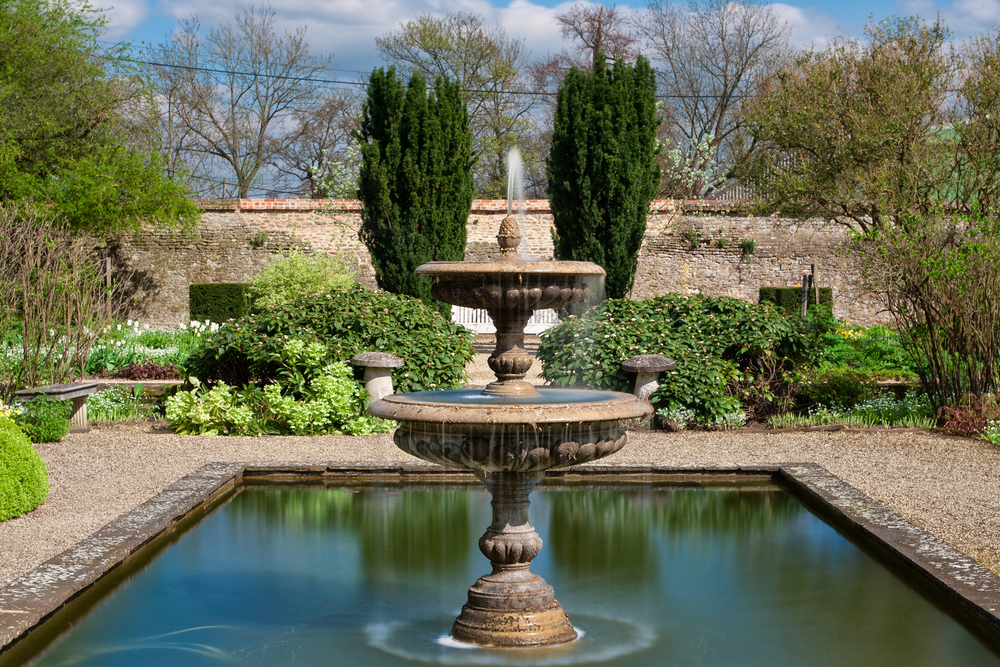
Gardens have come a long way since their inception – whenever that was! Truth be told, gardens have been around for thousands of years, whether for recreational or practical uses. However, your garden as you know it now is a product of a constant evolution of trends.
But what is that evolution? We’re going to take a bit of a dive into gardening history, showing us how our gardens have served us for as long as history can remember.
Medieval gardens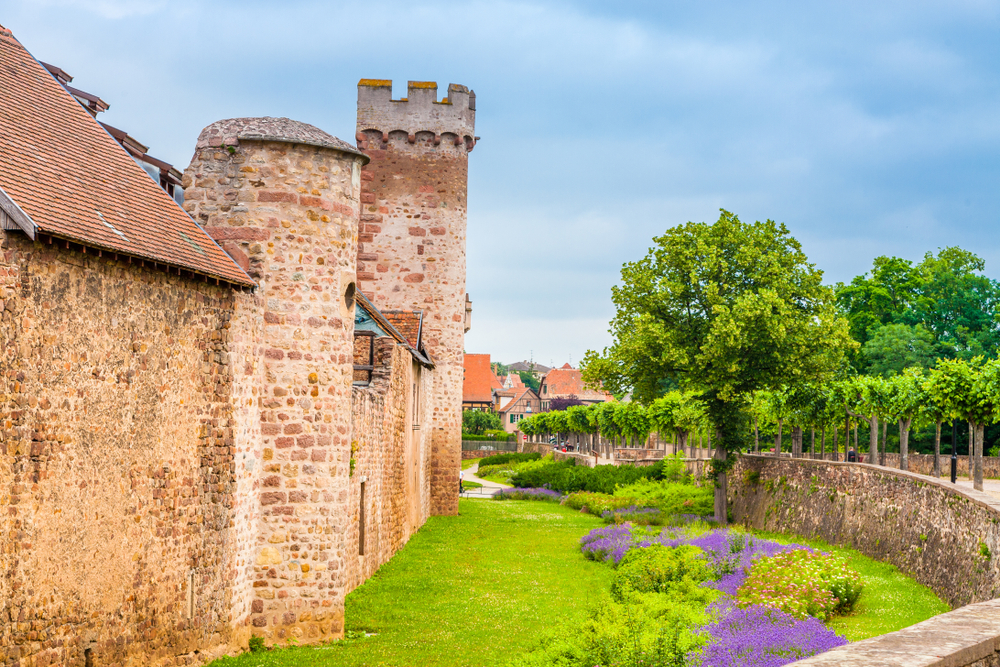
Like we use them today, gardens in medieval times were spaces to grow crops and spend time outside. Many castles had small courtyard gardens within the walls, whereas large areas could be found outside – often used for hunting or to host events.
Monks in monasteries grew plants for food and herbs to make medicine. Monasteries were self-sufficient in that way, as monks and nuns would live quiet lives, dedicating their time to their religious service.
Stuart & Early Georgian Garden Trends
Estate owners and the wealthy succumbed to trends that found their way from France and Holland. Large gardens and formal landscapes were often sought-after, often including a parterre (a flat terrace with a pattern that could be properly seen from above). They would have included box hedging as well as an abundance of trending blooms.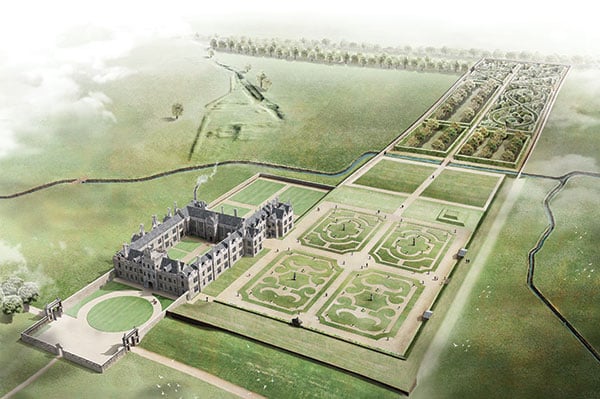
Image credit: English Heritage
Garden estates would also have plenty of greenery! Trees in rows, hedges upon hedges, and grass for as far as the eye can see. Statues and formal water features were also on trend around that time. They certainly had the space to fill!
However, the early 18th century saw a change in garden trends. Intrigued by gardens past, Georgian designs included grotto's, temples, and lakes, all positioned inside a circular trail. This style influenced hundreds of grounds and gardens around this time and can even be seen to this day in many stately homes.
Victorian Designs
The end of the 18th century and early 19th century saw another shift in trends. Parterres could be found with brightly-coloured gravel, adding these unique pops of colour to the designs that you couldn’t quite achieve with flowers (as they are seasonal!).
Italian influences could also be seen in country houses, including large white balustrades and sweeping terraces. Plants and trees were being brought in from all corners of the world. This would give the owners of the estate a talking point for when they had visitors or events – and would often show them around as part of the festivities.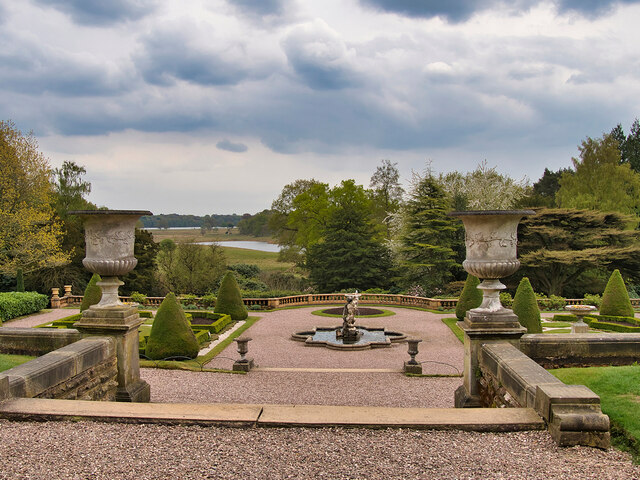
Image credit: Geograph
An improvement in the way plants could be transported across the globe helped botanists raise imported varieties. Plant experimentation was very popular around this time, allowing landowners to care for these plants much more effectively.
The Victorian era saw a lot of public parks open to help combat overcrowding. These Victorian trends were replicated in these public areas, allowing the poor to enjoy a leisurely stroll through pleasing garden architecture. These public areas would also include amenities such as bandstands, tea houses, and water features.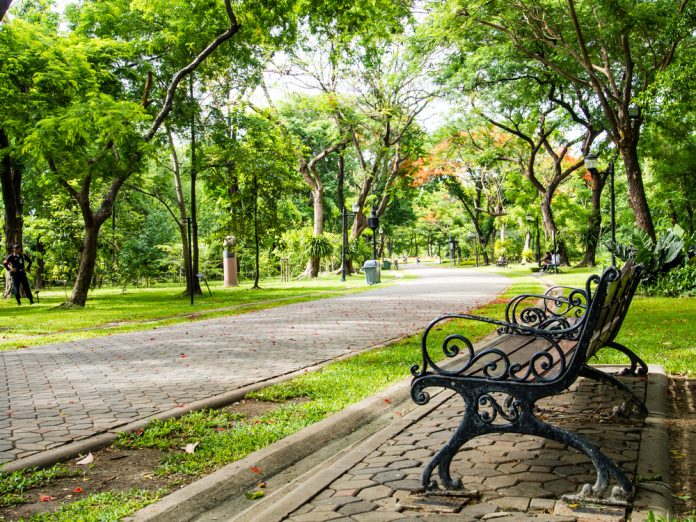
Image credit: Parkgrandlancastergate
The 19th century was a busy one for garden trends! By the end of the century, gardening within middle-class homes became fashionable, if not more than those of aristocratic backgrounds. It was desired by many to create a garden that was in keeping with the style of the house. An interest in architecture, encouraged by the Arts and Crafts movement, led many homeowners to create cottage gardens and bring back to life long forgotten plants. This cottage garden style is still recreated to this day in gardens across the country!
Dig for Victory (WWII)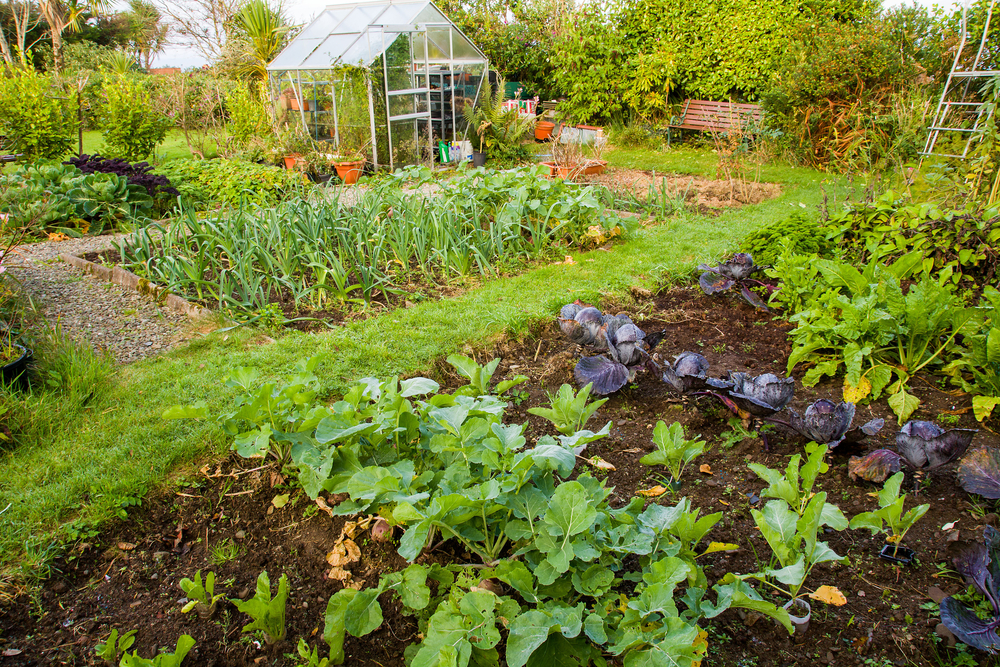
World War One and Two took their toll on British gardens. As the public started owning their own homes, gardening around this time had become less recreational and more essential to everyday life.
The ‘Dig for Victory’ campaign was set up in WWII by the British Ministry of Agriculture. This was to encourage people up and down the country to grow their own food while in periods of harsh rationing. Public spaces to private gardens were transformed into allotments. Even the lawns outside the Tower of London were turned into vegetable patches!
This movement was not only to encourage people to grow their own food but also to boost morale. This campaign helped give people the skills to get through the war on their limited rations, and beyond. Many said that even after the war was won, these skills were needed as rationing continued until 1954.
Urban gardening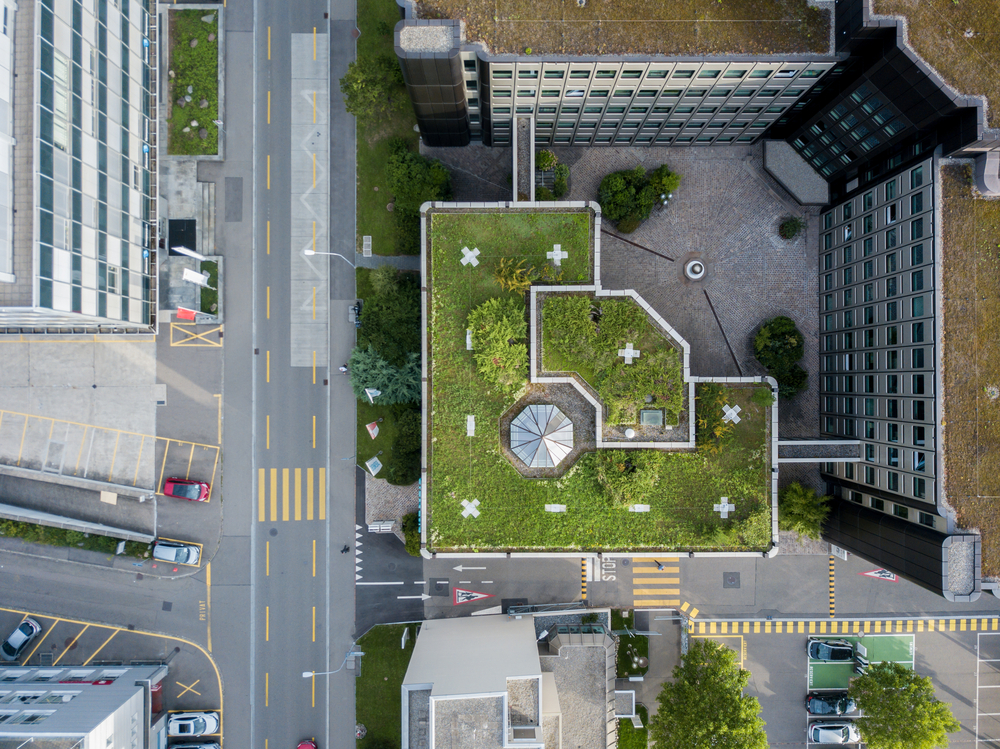
It was slow going for the public to return to a new normal after the war. However, return they did, and with gusto! As cities have expanded, the need for urban gardens and planting increases year after year. The benefits of green spaces within built-up cities far outweigh the negatives and popping grass and greenery on rooftops has started to become the new norm for cities with limited growing space.

